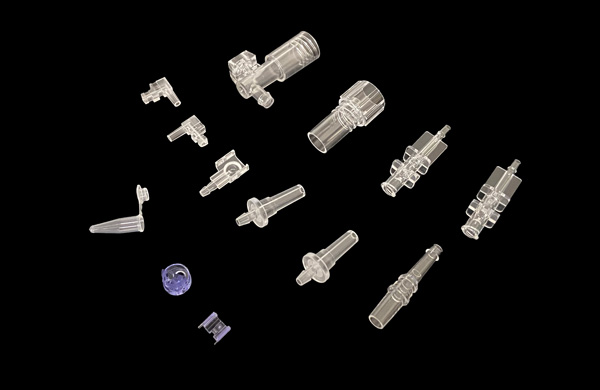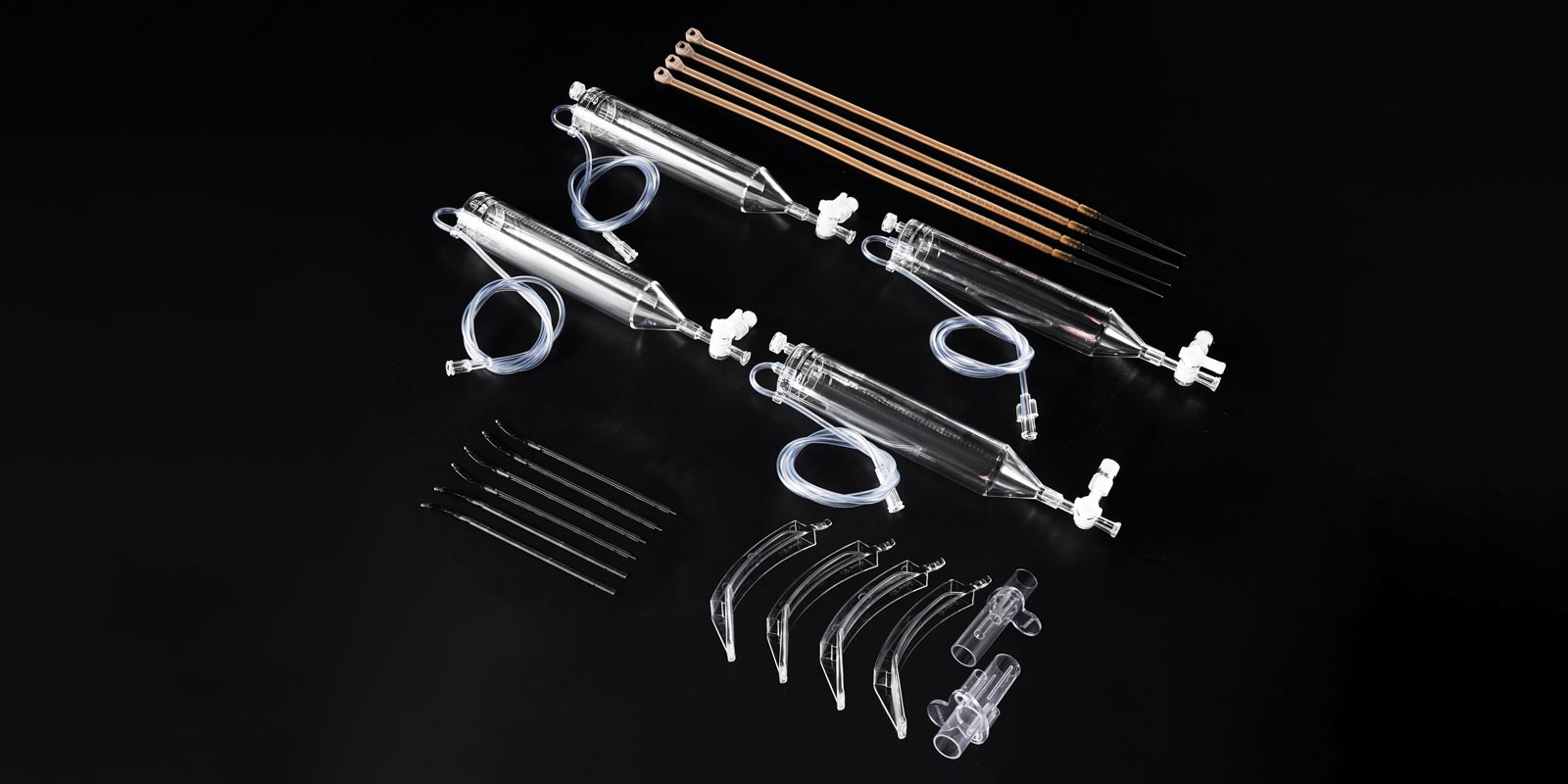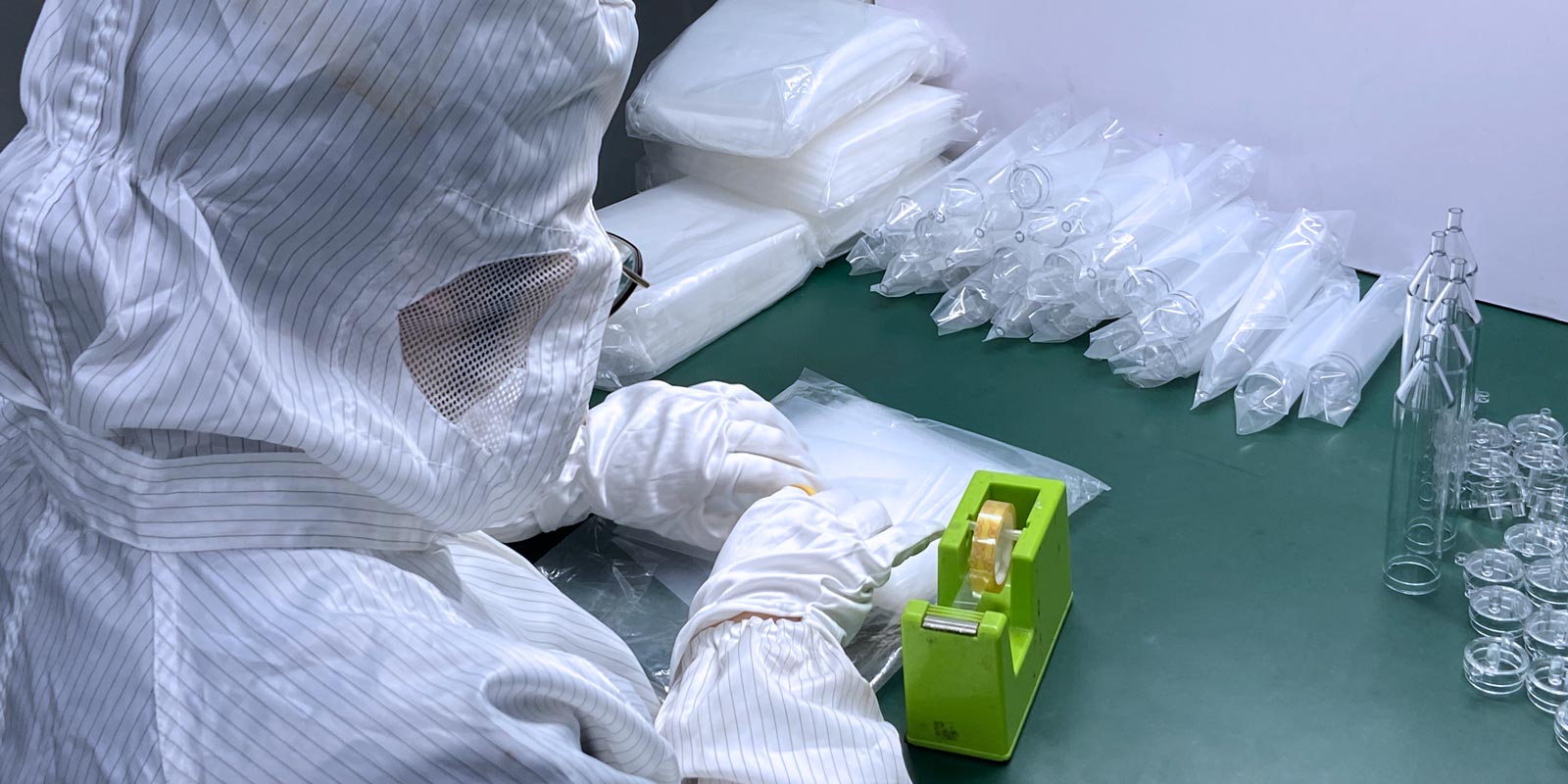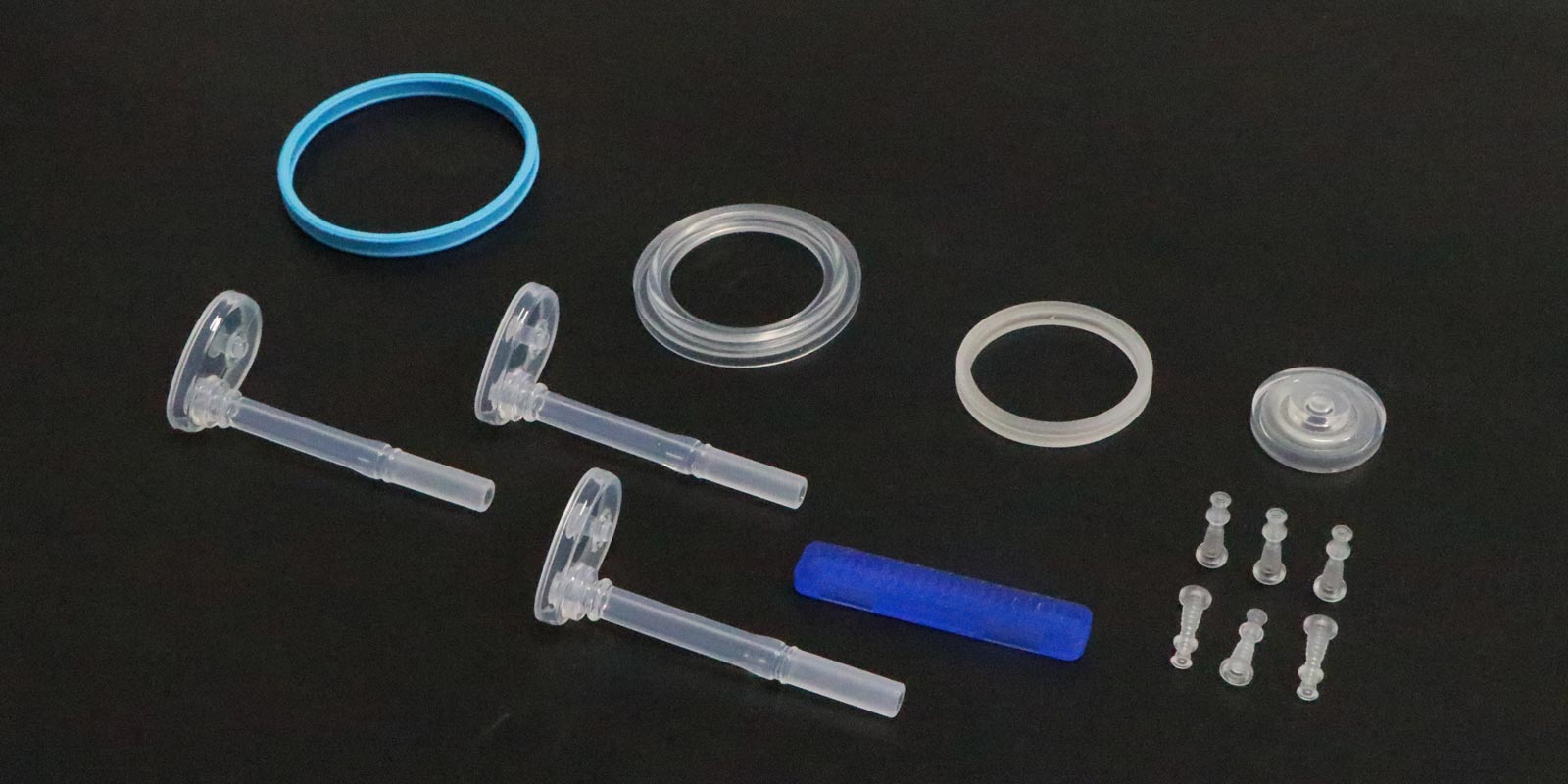In the field of medical injection molding, flash, also known as burr or edge flash, is a non-negligible issue that often occurs at the mold's parting line. It not only affects the aesthetics and precision of the product but may also cause the finished product to adhere to the mold, thereby impacting the efficiency of mold release. So, how should we deal with flash in medical injection molding? Yize Mold will delve into this topic with you.
Equipment Adjustment and Maintenance
-
Alignment of Clamping Unit: If the clamping unit of the injection molding machine is not properly adjusted or the toggle mechanism is not straight, it will directly affect the parallelism of the mold, resulting in one side being tightly closed while the other side has gaps, leading to flash. Therefore, it is necessary to regularly calibrate the clamping unit to ensure the mold's parallelism meets the standards.
-
Balanced Rod Force Distribution: Issues with the injection molding machine's own parallelism and uneven force distribution on the rods can also cause the mold to fail to close tightly, resulting in flash. To address this, the force distribution on the rods should be checked and adjusted to ensure the mold can receive uniform force and close tightly.
-
Inspection of Component Wear: Severe wear on the non-return ring, excessive wear on the screw, insufficient injection volume set on the barrel, or a too-small cushion pad can all trigger flash. Operators need to regularly inspect these components for wear and promptly repair or replace them to keep the equipment in optimal condition.

Mold Optimization and Design
-
Improving Parting Surface Precision: Poor precision of the mold's parting surface, deformation or warping of movable templates, foreign objects on the parting surface, or protruding burrs on the mold frame's periphery can all lead to flash. Therefore, the processing precision of the mold's parting surface should be improved, the flatness of the movable templates ensured, and foreign objects and burrs on the parting surface regularly cleared.
-
Reasonable Mold Design:
-
The position of the mold cavity should avoid being too offset to reduce flash caused by excessive unilateral tension.
-
For plastic materials with good fluidity and low viscosity in the molten state (such as polyethylene and polypropylene), when designing high-precision molds, the inlet should be located in the thicker part of the mold as much as possible to prevent flash from affecting product integrity.
-
The matching precision of the mold's sliding cores needs to be strictly controlled, and the installation position of the fixed cores and cavities should be accurate to avoid flash.
-
When designing multi-cavity molds, the runner and gate should be reasonably planned to ensure uniform mold filling force and avoid flash.
Process Parameter Adjustment
-
Control of Injection Speed and Time: Under high-pressure and high-speed injection conditions, increased mold tension can lead to flash. Operators should adjust the injection speed and time flexibly based on the thickness of the molded product. Thin products should be filled at high speed, while thick products should be filled at low speed to reduce the risk of flash.
-
Control of Melt Volume: Some operators tend to inject excessive melt to prevent mold sinking, but this often has the opposite effect and increases the risk of flash. The correct approach is to improve the sinking issue by extending the injection time or holding pressure time rather than blindly increasing the melt volume.
In summary, solving the problem of flash in medical injection molding requires comprehensive measures from equipment adjustment and maintenance, mold optimization and design, as well as process parameter adjustment. Yize Mold will continue to follow and share more injection molding technical knowledge to support the high-quality development of the medical injection molding industry.
















 Home
Home
